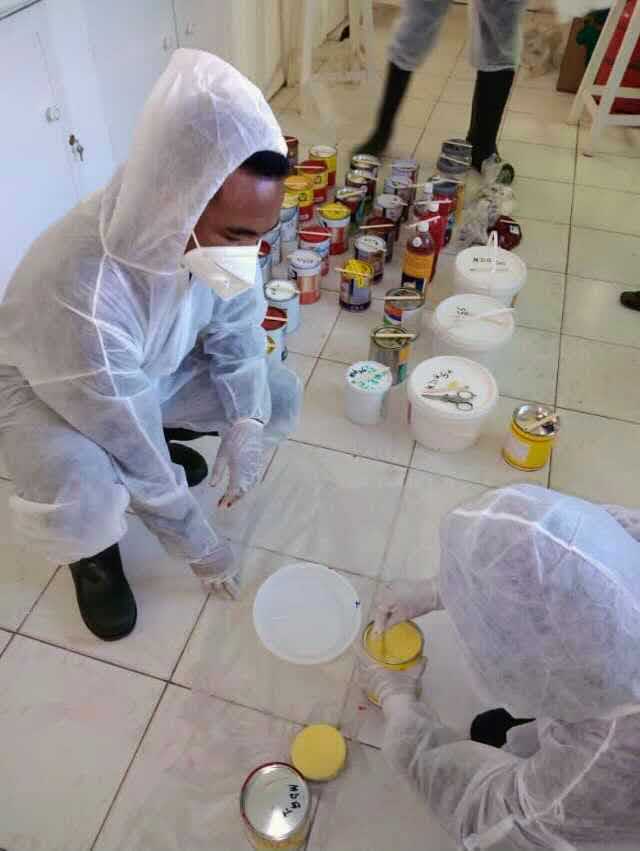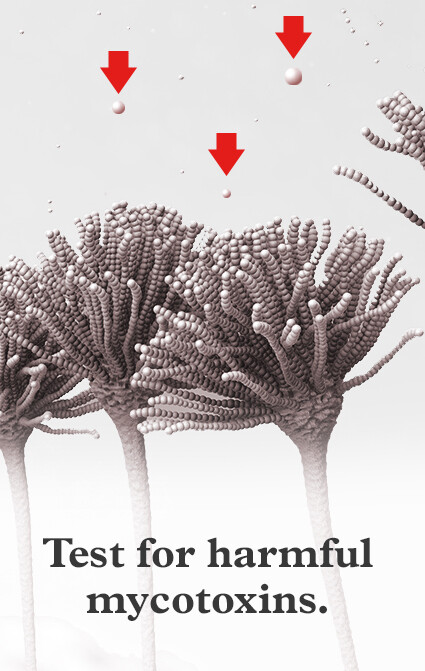How Mycotoxin Screening Assists Avoid Contamination and Protect Food Supplies

Mycotoxin testing is a crucial practice in the food market, offering as a frontline protection versus contamination by damaging toxins created by mold and mildews. Via the application of advanced techniques like High-Performance Liquid Chromatography (HPLC) and Fluid Chromatography-Mass Spectrometry (LC-MS), food producers can precisely spot and measure mycotoxin levels in farming items.
Understanding Mycotoxins
Understanding mycotoxins begins with acknowledging that they are harmful additional metabolites created by specific molds, which can pollute agricultural products. These metabolites are not vital for the growth or reproduction of the fungi but can have severe implications for human and animal health. Mycotoxins are commonly located in staple plants such as corn, wheat, barley, and nuts, where they can multiply under certain conditions of wetness and temperature level.
There are a number of kinds of mycotoxins, each produced by various fungal types. Fusarium types produce fumonisins and trichothecenes, both of which are connected with different severe and persistent wellness concerns.

Dangers of Mycotoxin Contamination
The dangers of mycotoxin contamination are multifaceted, posturing considerable threats to both food safety and security and public health and wellness. Mycotoxins, toxic substances generated by specific kinds of fungi, can contaminate a vast variety of agricultural items consisting of cereals, nuts, spices, dried out fruits, and coffee.
Financial influences are one more significant issue. Contaminated plants can result in substantial economic losses for farmers and food producers due to minimized returns and the requirement for costly purification procedures. Worldwide profession can be considerably prevented as nations enforce strict mycotoxin guidelines to protect their populations, leading to denied shipments and stretched profession relations.
Environmental aspects such as climate adjustment exacerbate the danger of mycotoxin contamination. Variants in temperature and humidity can produce favorable conditions for fungal growth, boosting the chance of contamination events. Thus, understanding and reducing these dangers are critical for ensuring the security and stability of international food supplies.
Techniques of Mycotoxin Testing
Properly identifying mycotoxin contamination in agricultural items is important for safeguarding public health and wellness and preserving food safety and security criteria. Various approaches are employed to detect and quantify mycotoxins, each offering details benefits and restrictions.
High-Performance Liquid Chromatography (HPLC) is a widely used approach as a result of its high sensitivity and precision. It entails dividing mycotoxins from other substances in an example, making it possible for precise quantification. Fluid Chromatography-Mass Spectrometry (LC-MS) integrates liquid chromatography with mass spectrometry to provide detailed molecular information, making it particularly valuable for determining multiple mycotoxins all at once.

Gas Chromatography-Mass Spectrometry (GC-MS) and Thin-Layer Chromatography (TENDER LOVING CARE) are likewise utilized, each with one-of-a-kind applications. GC-MS works for volatile mycotoxins, while TLC supplies a simpler, affordable choice for initial testing.
Advantages of Regular Checking
Regular testing for mycotoxins in agricultural items supplies numerous benefits, considerably adding to public health and food security. By identifying contamination early, routine testing assists avoid the distribution of toxic foods, therefore lowering the threat of mycotoxin-related illnesses amongst customers. This positive method not only safeguards human health and wellness however likewise enhances the overall top quality of food materials.
Consistent testing additionally sustains regulative compliance. Various countries and areas have developed rigid limitations for mycotoxin levels in food and feed. Sticking to these limits via regular screening guarantees that vendors and check my source producers satisfy lawful standards, therefore avoiding fines and trade obstacles. Furthermore, keeping conformity promotes consumer trust fund and brand name track record, which are important for market success.
In addition, regular mycotoxin screening can lead to substantial economic benefits. Early detection of contamination permits timely intervention, lowering prospective losses from extensive contamination. Implementing regular screening methods can likewise lessen recall prices and relevant responsibilities, which can be monetarily ruining.
Furthermore, regular testing provides valuable data that can inform far better farming techniques and storage space problems. By recognizing patterns of contamination, manufacturers can embrace safety nets, thus contributing and decreasing future risks to the sustainability of the food supply chain.
Executing Testing Protocols
Implementing reliable mycotoxin screening procedures is vital for making certain the safety and security and high quality of agricultural products. Developing a durable testing framework entails numerous crucial steps, starting with the recognition of possible contamination factors within the production and supply chain. This view it now includes pre-harvest, post-harvest, storage space, and circulation phases. Each phase has to be looked at to identify where mycotoxin contamination is probably to occur.
When crucial control factors are determined, selecting appropriate testing methods is crucial. Usual techniques consist of enzyme-linked immunosorbent assay (ELISA), high-performance fluid chromatography (HPLC), and mass spectrometry (MS) Each technique has its staminas and weaknesses; therefore, choosing the proper one depends upon the certain mycotoxin being checked, the required level of sensitivity, and available sources.

Lastly, integrating the testing protocols into a detailed food security administration system is suggested. This enhances traceability and enables swift restorative actions when contamination is identified, thereby protecting the integrity of the food supply chain.
Final Thought
Mycotoxin testing is crucial in protecting against contamination and protecting food products by allowing early discovery of dangerous toxins generated by molds in agricultural items. Advanced techniques such as HPLC and LC-MS guarantee conformity with security policies and protect customers from wellness dangers. Normal testing boosts brand track record, financial stability, and count on food safety and security by minimizing contamination-related losses and preserving high criteria in food production. Carrying out strenuous testing procedures is hence vital for the sector's overall well-being.
Mycotoxin testing is an indispensable practice in the food industry, offering as click this a frontline protection versus contamination by dangerous contaminants created by molds. An integrated method involving farming techniques, storage space administration, and routine testing can mitigate the risks linked with mycotoxin contamination, making certain food safety and security and public health and wellness.
The risks of mycotoxin contamination are multifaceted, posturing substantial dangers to both food security and public health.Normal screening for mycotoxins in agricultural items supplies many benefits, significantly adding to public health and wellness and food safety.Mycotoxin screening is necessary in avoiding contamination and safeguarding food products by allowing early discovery of dangerous toxins generated by molds in farming items.